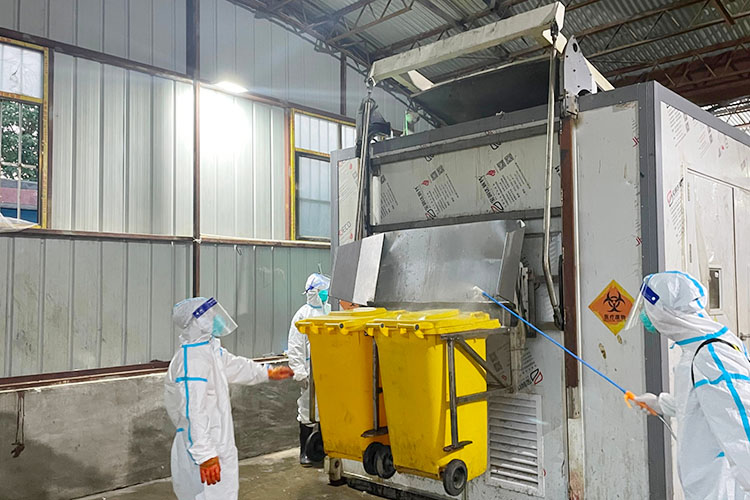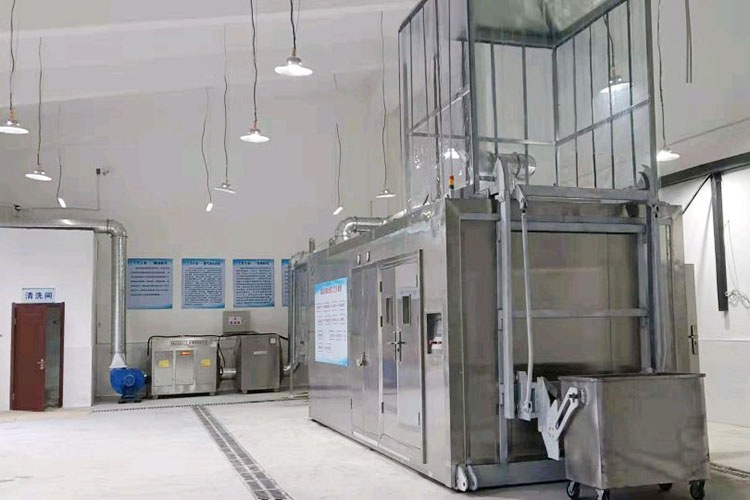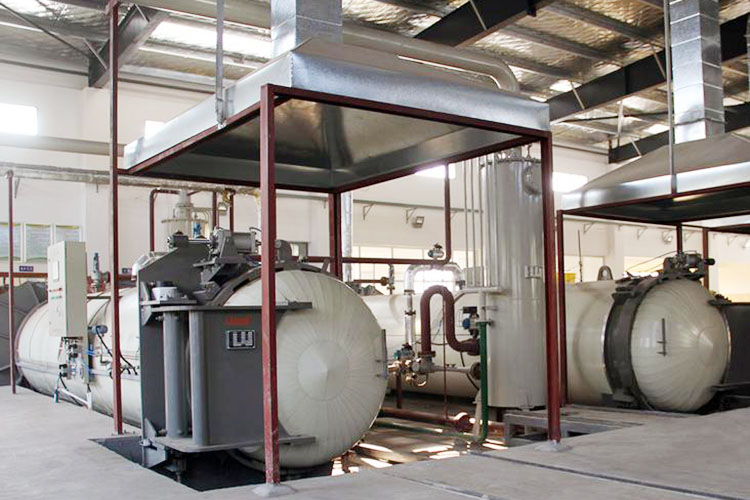With the continuous development of the medical industry, the treatment of medical waste has become an important issue that urgently needs to be solved. Medical waste not only includes infectious waste, pathological waste, and pharmaceutical waste, but also includes chemical waste and radioactive waste. These wastes are highly hazardous and, if not properly handled, may have serious impacts on the environment and human health. Therefore, selecting appropriate medical waste disposal technologies is crucial. This article will focus on exploring the application of microwave technology and high-temperature cooking technology in medical waste treatment, comparing their advantages, disadvantages, and applicability.

The application of microwave technology in medical waste treatment is based on the principle of using microwave energy for heating and disinfection. Microwaves are electromagnetic waves with frequencies between 300 MHz and 300 GHz. When they pass through medical waste, they cause water molecules in the waste to vibrate at high speeds, generating frictional heat and achieving the effect of high-temperature sterilization. The core advantages of microwave technology lie in its efficient sterilization ability and environmental characteristics. Firstly, microwave technology can efficiently kill bacteria, viruses, and other pathogens in a short period of time. This is because microwave energy directly acts on water molecules in waste, causing them to rapidly heat up, damaging the cellular structure of pathogens and rendering them inactive. This efficient sterilization ability makes microwave technology an ideal choice for treating infectious medical waste. Secondly, microwave technology has a high energy utilization rate. Microwave energy can directly act on water molecules in waste with almost no energy loss, resulting in very high heating efficiency. Compared with traditional heat treatment methods, microwave technology can achieve the required high temperature faster, thereby improving treatment efficiency. In addition, microwave technology has environmental characteristics. During the processing, microwave technology does not produce harmful gases or other secondary pollutants. This is particularly important in the current context of increasingly strict environmental protection requirements. By adopting microwave technology, medical institutions can effectively reduce negative impacts on the environment and meet the requirements of sustainable development. However, microwave technology also has some drawbacks. Firstly, microwave treatment requires a high level of pre-treatment for waste. To ensure that microwaves can uniformly act on waste, it is necessary to shred or decompose the waste. This increases the complexity and cost of processing. Secondly, microwave technology has limited processing capabilities and is not suitable for handling large volumes or waste containing large amounts of metals. Metal substances can reflect microwaves, affecting the processing effect.

High temperature steaming technology utilizes high-temperature and high-pressure steam to treat medical waste. Steam passes through waste at high temperatures, killing pathogens inside. High temperature cooking technology is widely used in the treatment of various medical waste due to its thorough sterilization, wide processing range, and environmental characteristics. The biggest advantage of high-temperature cooking technology is its thorough sterilization. High temperature steam can penetrate deep into the waste, ensuring that every part is covered by high temperature steam, thus thoroughly sterilizing. This comprehensive sterilization ability makes high-temperature cooking technology perform well in handling infectious and pathological medical waste. In addition, high-temperature cooking technology has a wide range of processing ranges. It can not only handle infectious and pathological waste, but also some pharmaceutical and chemical waste. This wide applicability makes high-temperature cooking technology an important choice in the field of medical waste treatment. Similarly, high-temperature cooking technology has environmental characteristics. During the processing, high-temperature cooking does not produce harmful emissions and meets environmental requirements. This is an important advantage for medical institutions under high environmental protection pressure. However, high-temperature cooking technology also has some drawbacks. Firstly, the equipment cost is relatively high. The manufacturing and maintenance costs of high-temperature and high-pressure equipment are relatively high, which increases the overall cost of medical waste treatment. Secondly, the energy consumption of high-temperature cooking technology is relatively high. In order to generate high-temperature and high-pressure steam, a large amount of energy is required, which manifests as higher operating costs in terms of energy costs. In addition, the processing speed of high-temperature cooking technology is relatively slow. Due to the need to achieve and maintain high temperature and pressure, the entire processing process takes a long time.

Microwave technology and high-temperature cooking technology each have their own advantages and disadvantages, and are suitable for the treatment of medical waste of different types and scales. Microwave technology, with its efficient sterilization and environmentally friendly characteristics, is suitable for processing small amounts of medical waste with simple pre-treatment. High temperature cooking technology, with its thorough sterilization, wide processing range, and environmental characteristics, is suitable for handling large amounts and diverse types of medical waste. In practical applications, medical institutions can choose appropriate technologies for medical waste treatment based on their own waste type, processing capacity, and economic conditions. For some smaller hospitals and clinics, microwave technology may be a more cost-effective option. For large medical institutions or situations with large processing volumes, high-temperature cooking technology may provide more comprehensive solutions. In summary, the application of microwave technology and high-temperature cooking technology in medical waste treatment has its own characteristics. Through reasonable selection and combination, the efficiency and effectiveness of medical waste treatment can be effectively improved, ensuring environmental and public health safety.
Yongle Environmental Protection is mainly engaged in the research and development, production and sales of complete sets of technical equipment for organic solid waste disposal and comprehensive utilization. Production and manufacturing, domestic waste treatment equipment, tire pyrolysis equipment, medical waste disposal equipment, hazardous waste disposal equipment, and achieve efficient and comprehensive utilization of resources through independently developed low-temperature anaerobic pyrolysis equipment technology solutions.
Tags:The difference between microwave and high-temperature cooking in medical waste treatment equipment,medical waste treatment equipment,YONGLE GROUP
 Latest news
Latest news


























